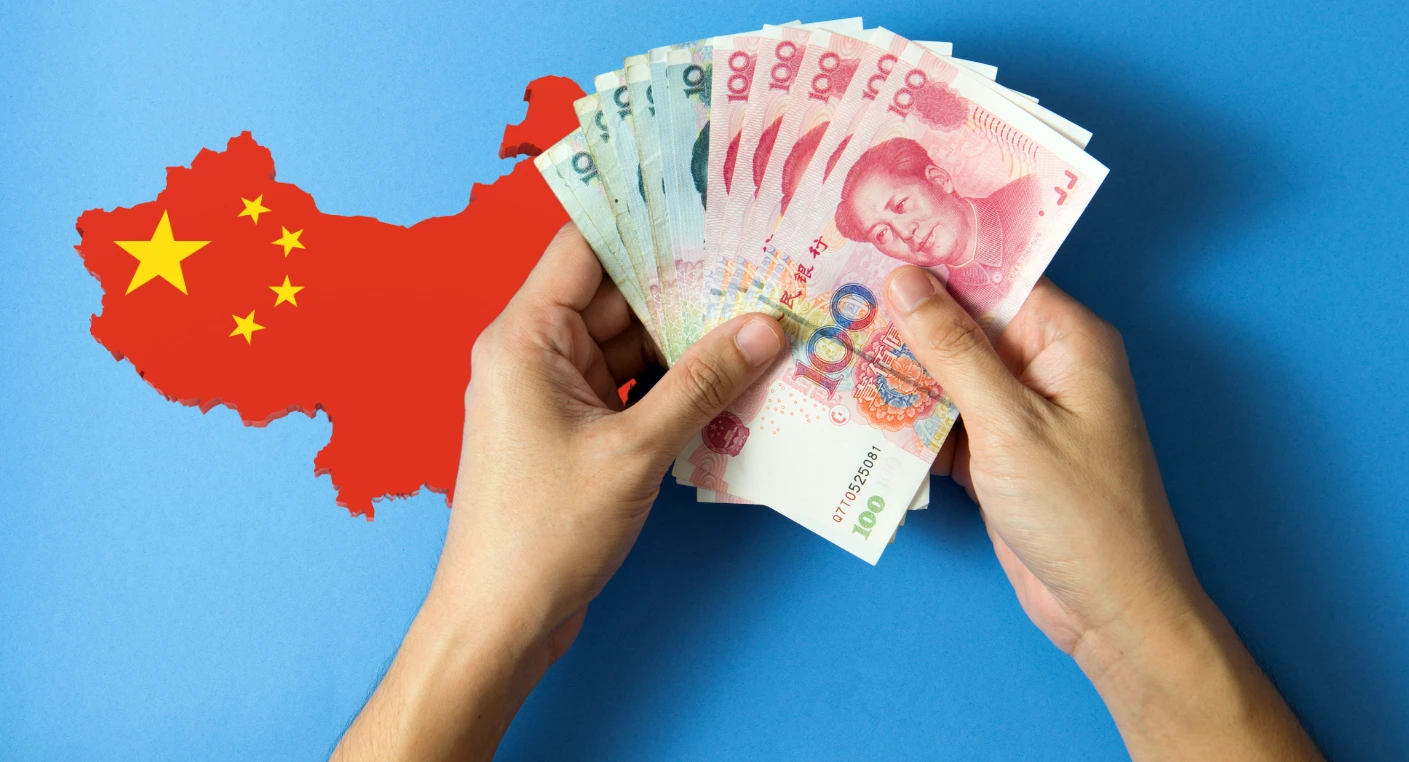
A remittance payment refers to money transferred from one individual or organization to another, typically across borders. While remittance payments are often used for paying bills or invoices, the term is most commonly associated with financial transfers made by individuals working abroad to their families or loved ones back home. These transfers are crucial for many, as they provide essential support to families, especially in low-income and developing nations
A remittance pay is essentially the process or act of sending funds from one person to another, often across international borders. The term “pay” in this case emphasizes the transaction and financial transfer that takes place when sending remittances to family members or loved ones.
Remittances play a vital role in global economics, particularly in low- and middle-income countries. According to the World Bank, remittances to low- and middle-income countries (LMICs) reached an estimated $656 billion in 2023, showcasing their immense importance as a financial lifeline for millions of families. In 2021, this figure surpassed $605 billion, demonstrating the steady growth of remittance payments over the years. These transfers are a primary source of financial support for individuals and families across the globe, helping to sustain livelihoods and alleviate poverty.
For many developing nations, remittance payments constitute one of the largest sources of income, often surpassing even foreign aid and direct investment. In fact, the amount of remittance money sent annually often exceeds the Gross Domestic Product (GDP) of some smaller countries, underscoring its crucial significance.
Remittances are not only an essential means of financial support for recipients but also a driving force behind economic stability and growth in regions that heavily rely on them. According to the World Bank, remittances have contributed significantly to the economic development of countries like India, Mexico, and China, which are consistently the largest recipients of remittances globally.
In 2023, India alone received approximately $125 billion in remittances, marking a 12.3% increase from the previous year. Mexico followed closely with $67 billion, and China received $50 billion. These figures demonstrate how remittances are not just a form of family support but also a pillar for entire national economies.
Remittances are increasingly becoming a crucial part of the global financial ecosystem. They help support basic needs, healthcare, education, and entrepreneurship in families and communities. In many cases, they provide more stability than foreign direct investment (FDI) or even government assistance, especially in countries facing economic difficulties or natural disasters. In fact, remittances have often exceeded official development assistance (ODA), and in certain instances, they contribute significantly to the GDP of nations, especially those in South Asia, Africa, and Latin America.
Additionally, remittances help strengthen financial inclusion in developing countries by promoting access to banking services. As recipients receive money, it often encourages them to open bank accounts, which in turn boosts the adoption of digital financial services and drives economic development.
Overall, remittances continue to be a critical pillar for millions of people, helping to raise living standards and reduce poverty, and their impact on global economics is set to continue growing in the coming years.
Sending a remittance payment has become easier with advancements in technology. There are several ways to send money internationally, and the method chosen usually depends on the sender's preferences, the recipient's location, and the amount being transferred.
Sending a remittance payment can be done in several simple steps, depending on the method you choose. Here's a detailed guide on how to initiate a transfer:
Fees associated with sending remittance payments vary depending on the service provider, the amount, and the destination country. Understanding these fees is important to ensure you're getting the best value for your money.
| Remittance Fee | Description | Typical Cost |
|---|---|---|
| Flat Fees | Fixed charge for international transfers, regardless of the amount sent. | $5 – $50 |
| Currency Conversion Fees | Charged when funds are converted into the recipient's local currency; exchange rates may vary. | Varies based on provider |
| Transfer Fees | Percentage-based or fixed fee depending on the amount sent. | 1% – 5% of the amount or $2–$10 |
| Receiving Fees | Some banks or services charge a fee for withdrawing or receiving remitted funds. | Varies based on recipient's bank/service |
Remittances are crucial for the economies of low- and middle-income countries. In many nations, remittance payments exceed the total amount of foreign direct investment and official development aid combined.
With the rise of digital financial services, security is always a concern. Thankfully, many remittance payment providers now use advanced encryption and security protocols to protect sensitive data and financial transactions.
In an increasingly interconnected world, remittance payments provide essential financial support to families and economies, especially in developing nations. These payments contribute to reducing global poverty, improving financial inclusion, and supporting disaster relief efforts.
As technology advances, sending remittance payments will become even easier and more affordable. This will allow people to send money quickly and securely, no matter where they are in the world.
By understanding the details of remittance payments—from how they work to the associated fees and security concerns—senders and recipients can make informed choices that help maximize the impact of their money and improve the financial well-being of their families.

